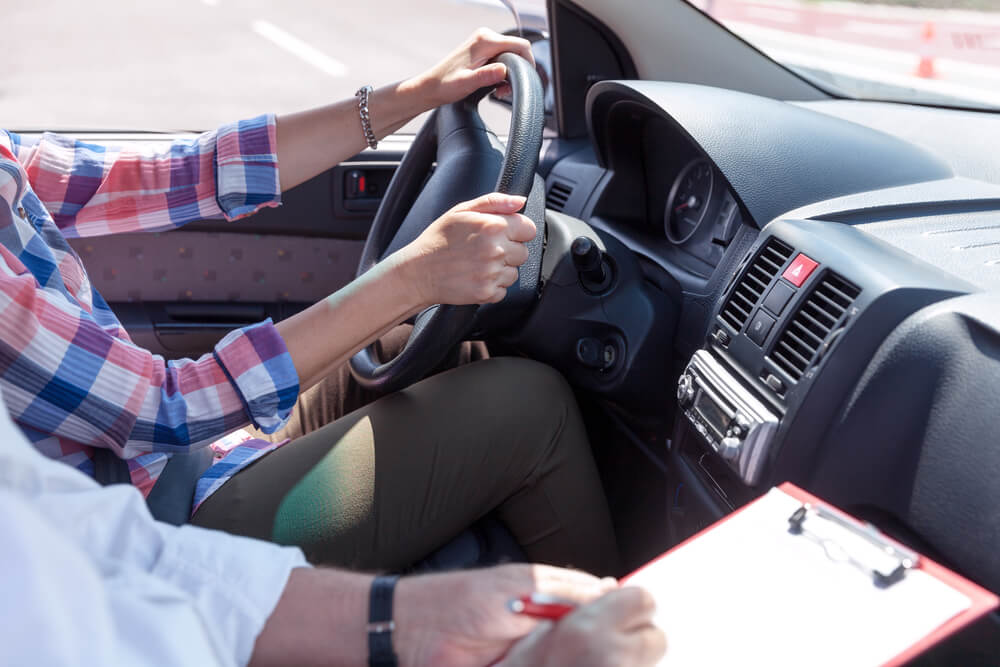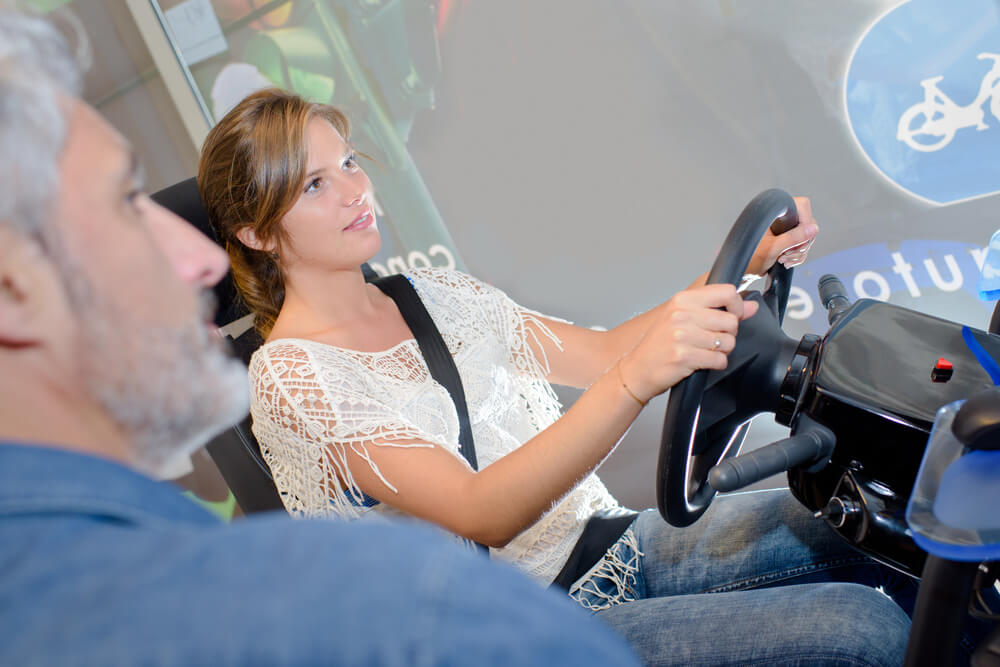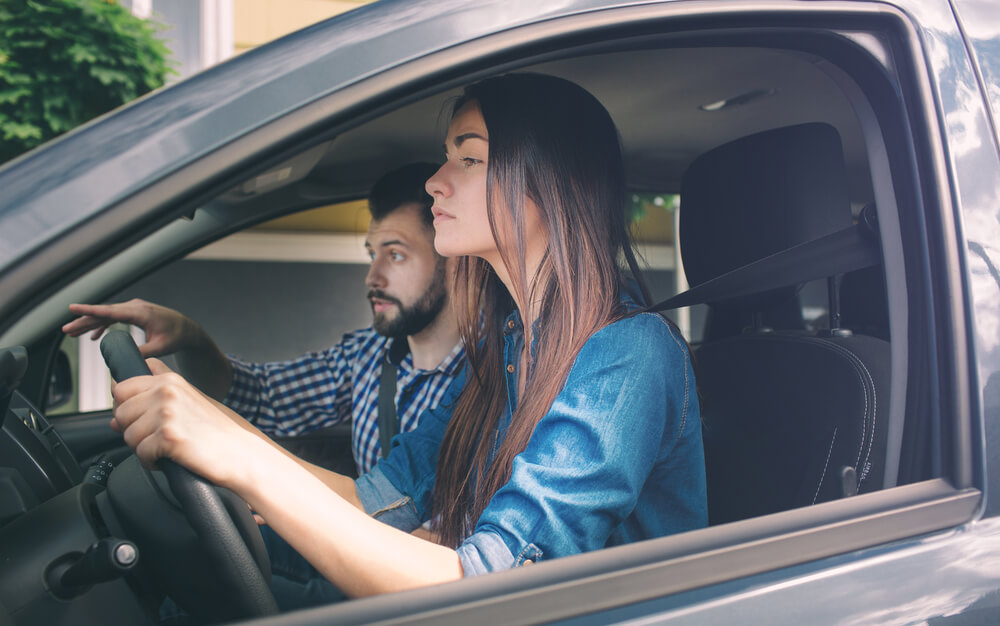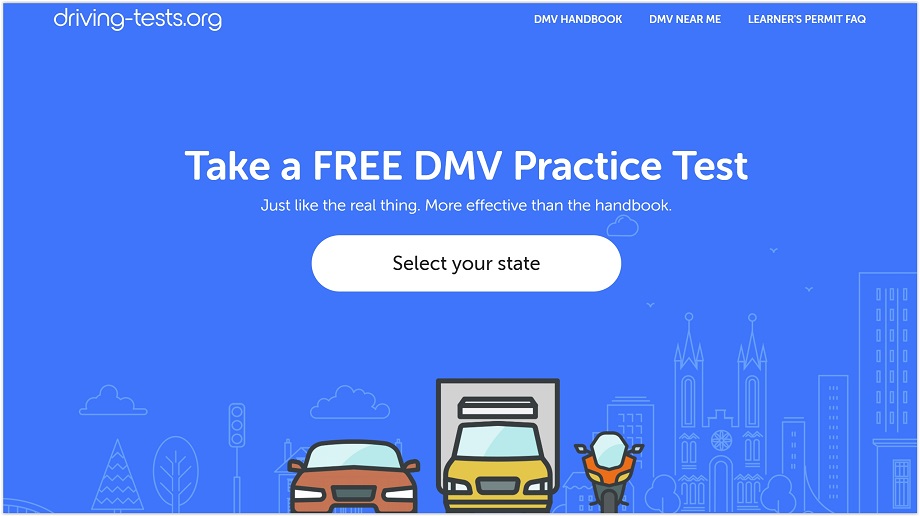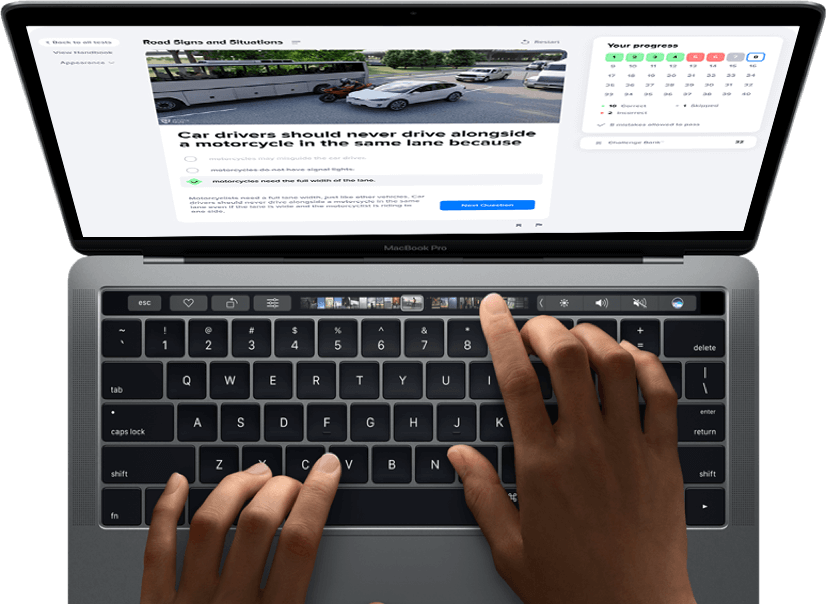Taking the driving exam is one of the biggest milestones in American adolescence. Nothing is more nerve-racking than preparing for and completing your driving exam so that, hopefully, you can hit the road as soon as you turn sixteen.
Just like with any other exam you might take in school, there are specific things that you can do to increase your chances of performing well on the driver’s exam. You should never just wing it. Below are some helpful tips that are guaranteed to increase your odds as you prepare to obtain your driver’s permit or driver’s license.
You’re reading one of our “Beginner Driver’s Guide” articles. Need to practice for your upcoming exam? Take our free sample driving test -- no registration required! ✨
Driver’s Exam: 4 Tips to Succeed
- 1
Enroll in a Driver’s Education Course
Almost all American public and private schools offer driver’s education courses for students in the ninth through eleventh grades. If your school offers this course, make sure that you register to complete it before your sixteenth birthday. Driver’s education instructors are highly trained in automobile safety and the information that appears on your particular state’s driver’s exam. In fact, who better to teach you how to pass the driver’s exam than someone whose job it is to do exactly that? Driver’s education classrooms are often equipped with driving simulators that allow you to experience real-world driving scenarios before you actually drive a vehicle. You can also take our free car driving simulator online for free.
Driving simulators are proven to be excellent educational tools to impart safe driving training techniques![driving simulator]()
Some program instructors are also qualified to administer the driver’s license exam, and some schools provide students with a vehicle in which to take the driving portion of the test. If this is the case with your school, you will receive a certificate after you successfully complete the driver’s exam. On your sixteenth birthday, all you have to do is take that certificate to your local DMV to obtain your license.
- 2
The Game Plan
There are several components of the driver’s license examination. You will first be required to successfully complete a written examination that is generally multiple choice. This is administered in a classroom setting and may or may not have a time limit. You must also complete an examination of your ability to operate a vehicle. For this part of an exam, a DMV official will ride with you on a closed-course or particular route and check for proper use of driving regulations.
The driving test will take about 20-30 minutes, listen to the instructions carefully and don’t speed![driving exam]()
Lastly, you will receive a simple eye examination that ascertains your ability to see the road clearly. If you do not pass the eye examination, you may be required to see an optometrist before receiving your license or permit.
- 3
Study Tools
Passing the driver’s examination should not be an enigma. There are plenty of study tools available for anyone who is trying to obtain their driver’s license or driver’s permit. Most states publish handbooks or sponsor website that contain practice tests. The best study tool is driving-tests.org. This handy website condenses the official information into easy study guides and helpful practice tests.
Driving-tests.org provides you with an excellent free program to complete your driver’s education, just select your state![permit tests]()
In preparing for the driving portion of your exam, it may be useful to practice with a parent or other experienced driver several times before the day of the exam to get a feel for operating a vehicle on your own.
- 4
Non-academic Preparation
Similar to any other major test, there are certain things that you need to do, in addition to studying, before you take your driver’s permit or driver’s license exam.
- Make sure that you get plenty of sleep the night before the big test. Resting your mind will benefit you much more than cramming all night. Make sure to set your alarm clock and wake up a couple of hours before the exam so that you are energetic and alert.
- Eat breakfast, even if you normally don’t. Have a well-balanced breakfast with plenty of protein, like eggs, so that your mind has fuel to make it through the exam.
- Pick out a comfortable outfit that isn’t constricting or annoying to sit in for long periods of time. Wear something that is appropriate, especially if you plan to get your driver’s license photograph taken on the same day as the exam.
- Begin to gather everything you need a week or so before the exam, just in case you have trouble locating the required documents. Most states require you to bring to the DMV a certificate of completion if you took a driver’s education course at school, a copy of your birth certificate, a Social Security card, and your eye glasses or contact lenses for the eye exam. Ask your parents for assistance if you do not have any of these requirements.
- Some states require the potential driver to supply a vehicle in which to take the driving test. Check with your local DMV office to see if this is the case. If so, discuss with your parents what vehicle would be best for you to complete the exam in. For example, if you do not know how to drive a five-speed, make sure the vehicle you take to the driver’s exam has an automatic transmission.
Don’t forget that there is always a pre-test that you are expected to pass before the actual driving test. You can check it here:
If you invest a little time in actively preparing for your driver’s permit or driver’s license exam, you will be much more likely to pass it on your first try. For many young potential drivers, learning how to prepare is just as confusing as the material itself might seem to be. Follow these suggestions and you will be on your way to becoming an official driver before you know it.
